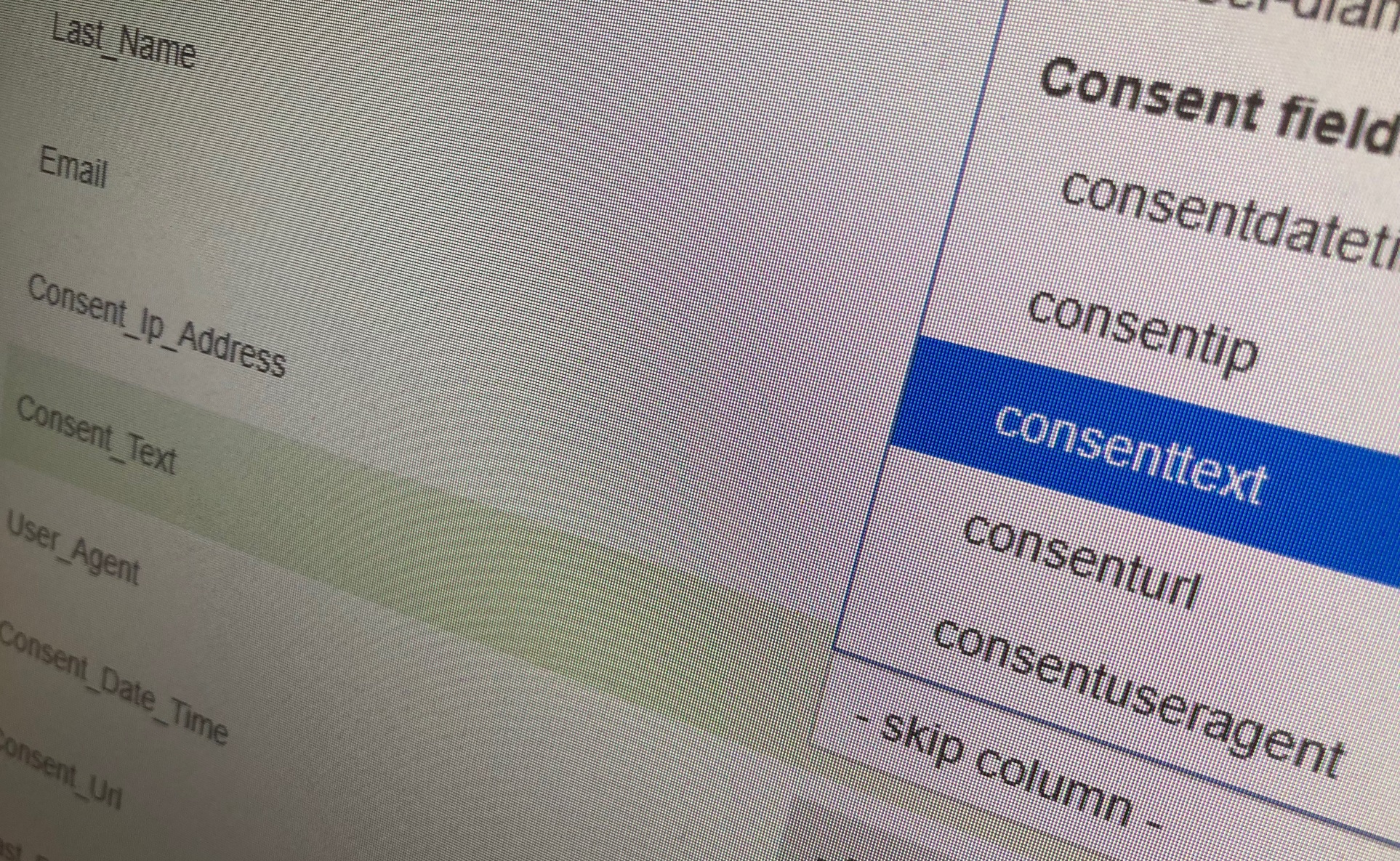New for GDPR: Keep track of contact consent


Tricky beast
I’m going to make an assumption here, and it’s this: by now, you don’t need me to tell you about the GDPR, or why it’s important, or even how it will affect you. You know what it is, and you’re already planning for it – and have been for months, or even years. I know this because that’s what you’ve been telling us. We’re fortunate to have customers that are so proactive.
And if you know about the GDPR, you’ll know about Article 7 – even if not by name. Article 7 is the section that deals with that tricky beast: consent.
But perhaps consent isn’t that tricky: isn’t it really just knowing who’s subscribed and who hasn’t?
Under the GDPR, not quite – because simply knowing that a contact is subscribed isn’t going to be good enough. In the post-GDPR world, consent will need to be specific.
Consent’s no luxury
If you have a signup form that contains an opt-in checkbox with, “Yes, I’d love to receive future emails”, then that’s going to cease being the gold standard on May 25. You’re going to need to come up with something more specific – something that says what those emails are going to contain, and how often you’ll be sending them.
But coming up with clearer, more specific opt-in text is one thing. The GDPR also says that you need to be able to demonstrate you have that specific consent.
You may well already be storing preferences in data fields, or perhaps with address books. That’s great, and you should carry on doing that. But being able to demonstrate why a contact has those preferences? That’s something that’s probably new to you – and it’s why we’ve built ConsentInsight.
As of today, you can now store – for free – the exact consent text a contact agreed to. Alongside, you can store the IP address they were on at the time, information about the browser they were using, and when they did it. And if their consent changes, we’ll keep the history too.

Get, store, demonstrate
You can request and store consent wherever you can add a contact (with the exception of adding individual contacts in the app).
The simplest way will be by generating a signup form, which will now get you to set your consent text. If you prefer creating signup forms with our surveys and forms tool, then you can use the new ‘Consent’ building block.
If you’ve obtained consent by some other means, you can set it when importing contacts by including the information in the file you upload (you can map the values just like contact data fields).
Of course, you may also be thinking about retrospectively gaining and storing consent for your current subscribers (we like to call this ‘up-permissioning’). For this, take a look at our two GDPR-themed program templates; you just need to fill in the blanks.
Let us do it for you
If you’d like a helping hand using ConsentInsight, or perhaps running an up-permissioning campaign, we have teams on hand that can help. Just let your account manager know.
ConsentInsight is available in your account now. To learn more about Dotdigital and the GDPR, visit our trust center, or download our free eBook for essential information on the new regulation.


